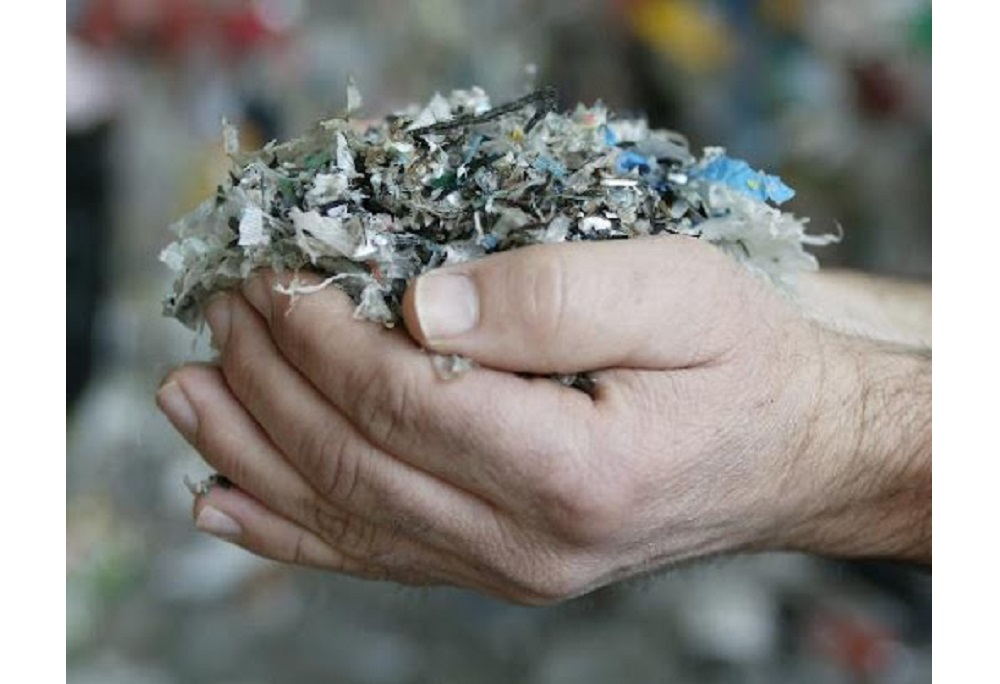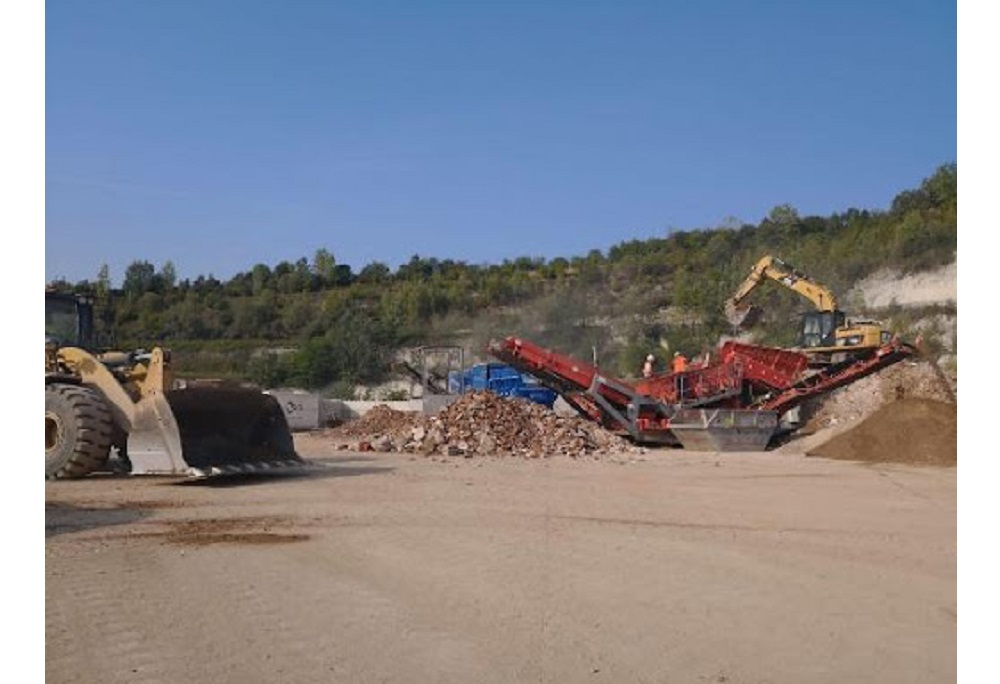Project Facts
Location
Austria
Retznei, Styria
Project Dates
Start: 2014
The Story
Most cement-related CO2 emissions occur during the production of clinker, the main component of cement. The majority of these emissions are unavoidable as they result from the chemical reaction that occurs when the raw material (limestone) is turned into clinker in the kiln. Replacing the clinker in their finished cement products with alternative mineral components such as pozzolan, slag or fly ash reduces the carbon intensity of the cement. A significant portion of these components come from by-products obtained from other industries. Another key to reduce the carbon intensity of the cement production is the use of pre-treated waste and low-carbon fuels. This serves as a substitute for fossil fuels, which provides the energy needed to run a cement kiln. At the RecyclingCenterRetznei (RCR) Holcim Austria processes construction waste or mineral production waste and recycle it as a substitute raw material for the clinker production. With new and alternative methods of recycling construction waste, the company gains valuable resources and closes the loop in the circular economy.
Success Factor | Hero Moment
By implementing all these measures desrcibed above, Holcim Austria has reduced their net CO2-emissions per ton of cement by 25 percent, compared to 1990. Its cements are therefore among the most CO2-efficient in the world.
Submitter
Holcim Austria, Austria
Contact Mail
romy.sagmeister@holcim.com
Website
www.holcim.at
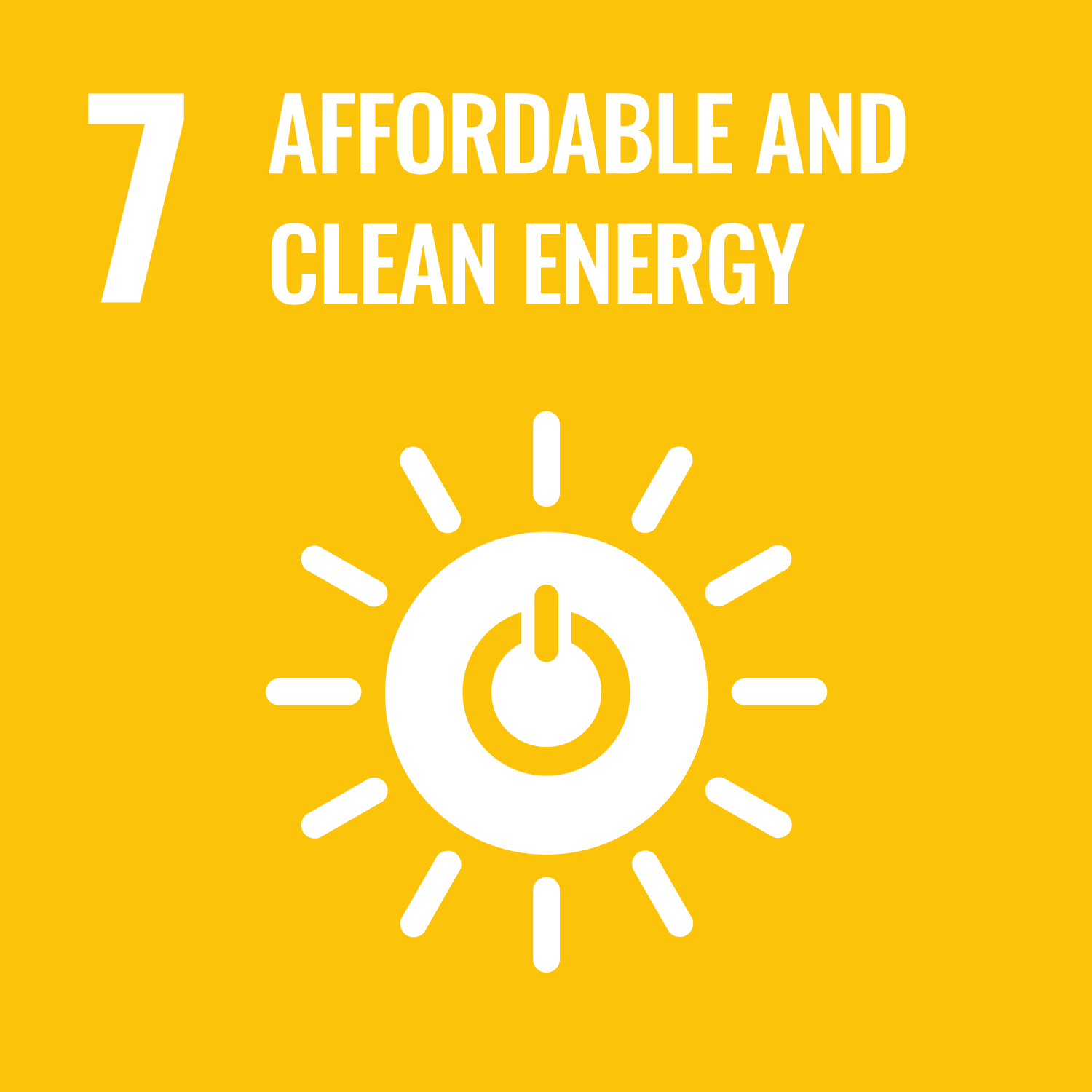
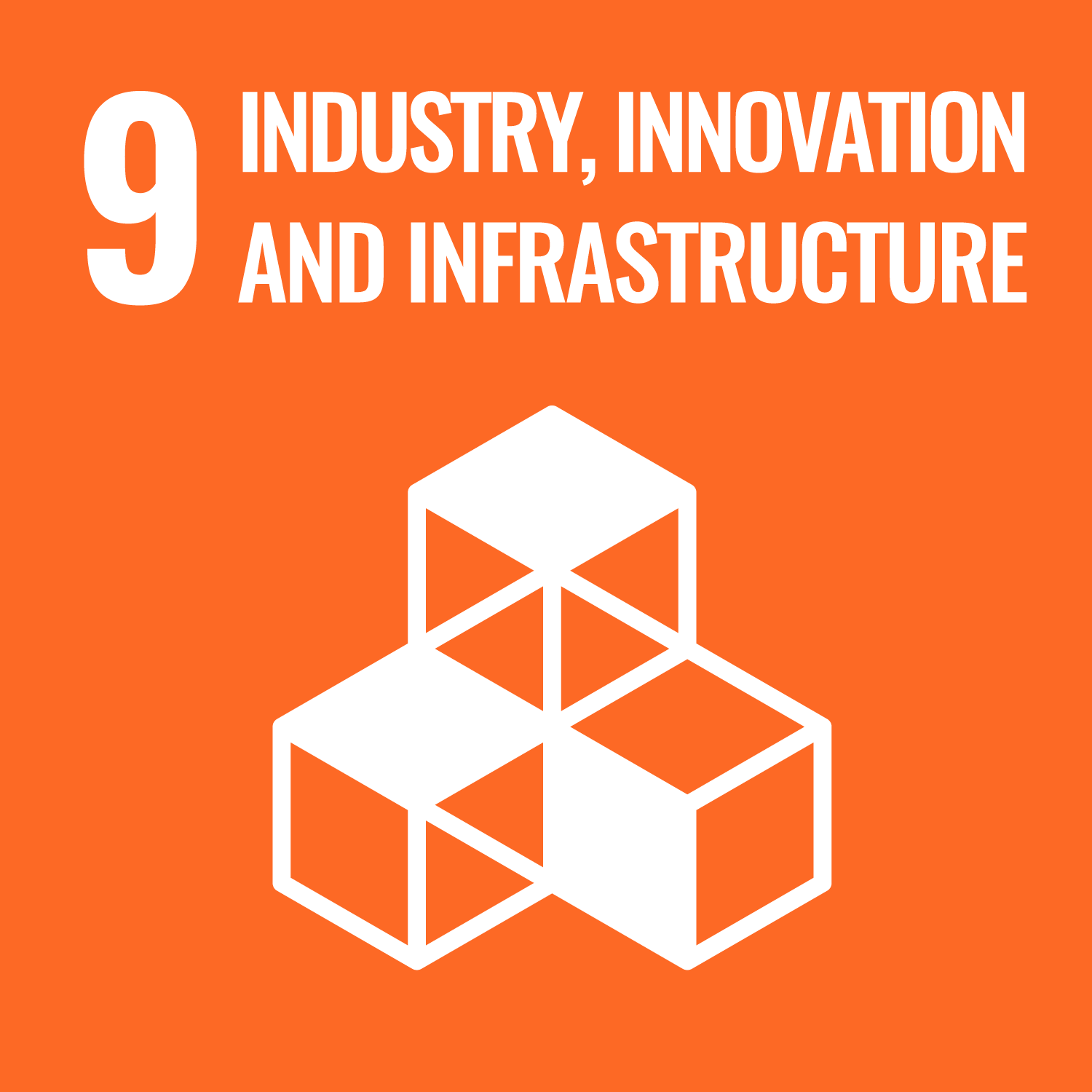
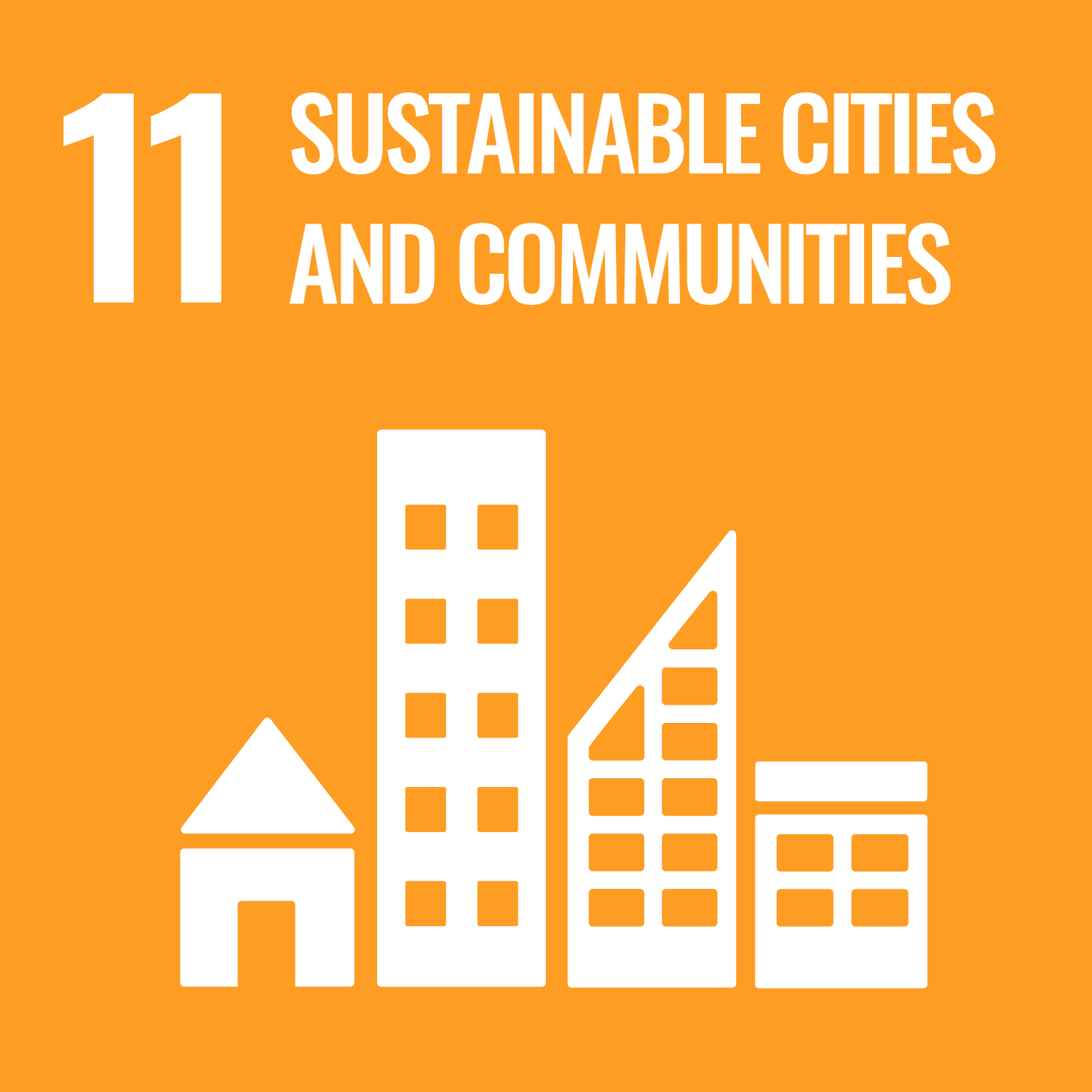
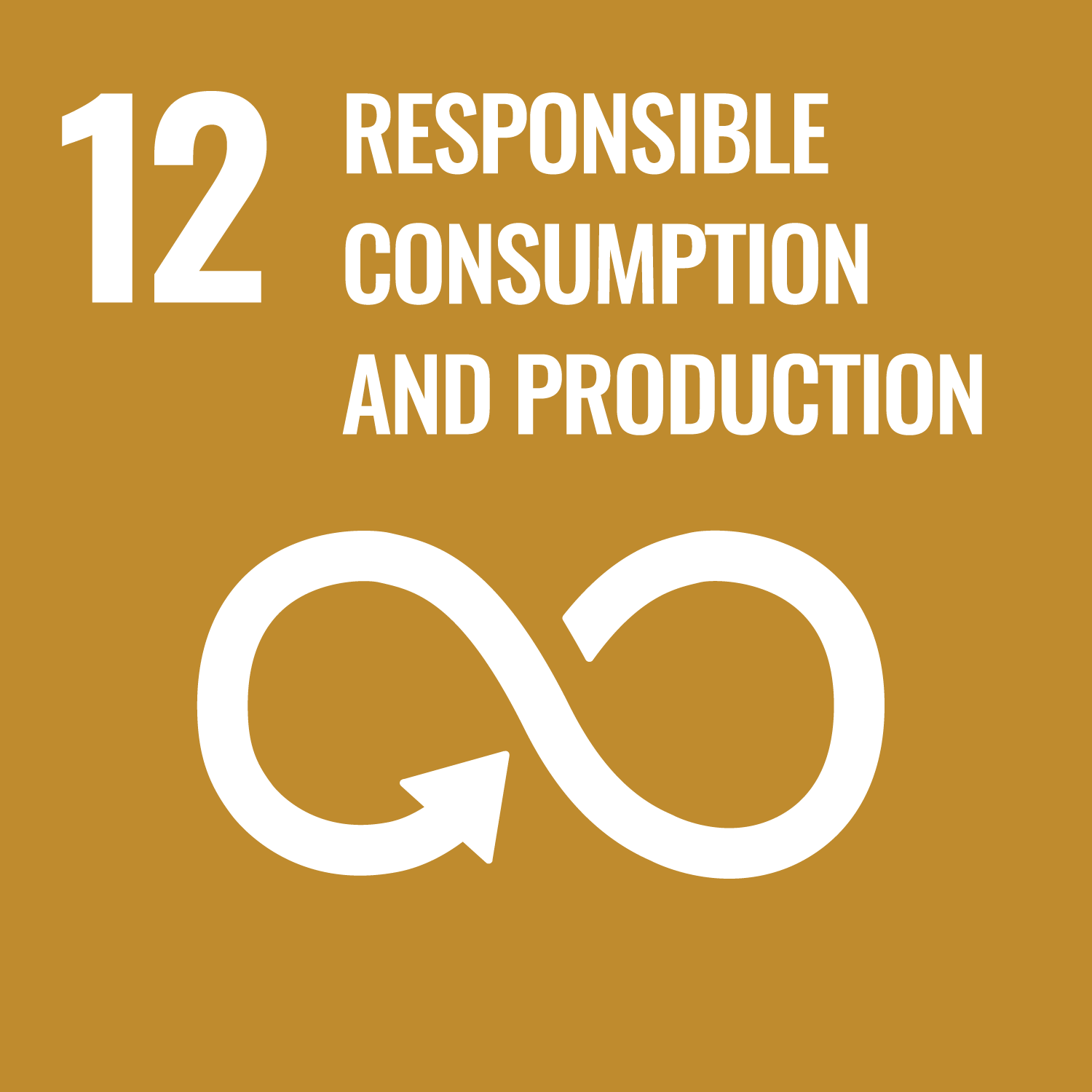
Keywords
Energy Efficiency, Recycling & Re-use
